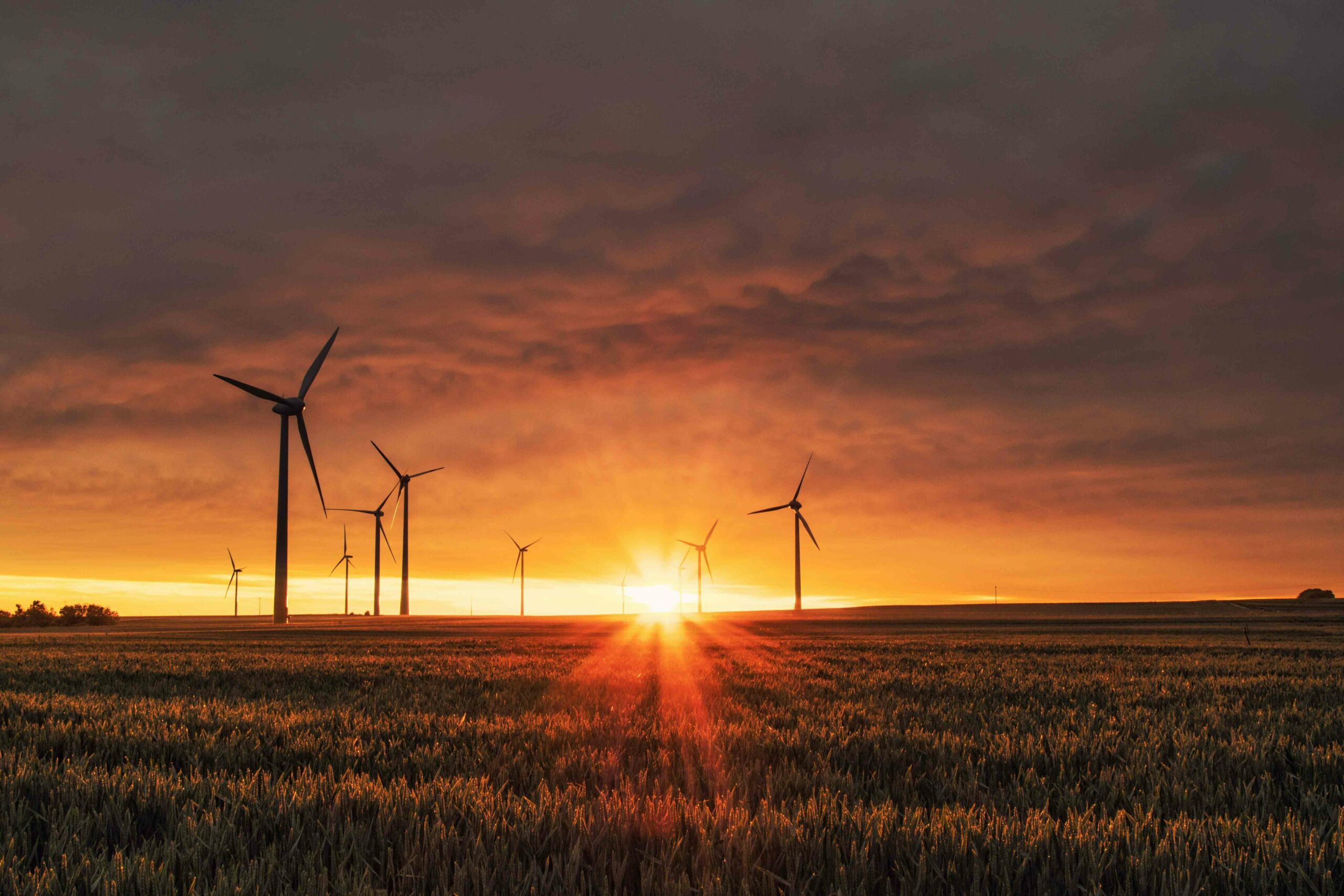From improving battery use to spotting equipment issues early, the possibilities of AI are wide. But if you’re wondering what is the primary application of AI in renewable energy, there’s one clear answer: forecasting.
Forecasting is the smart prediction of what’s coming next. In energy, that means guessing how much power will be produced, or needed, before it happens. And when you’re dealing with wind and solar, that kind of early insight is vital.
Identifying the Main Application of AI in Renewable Energy: Forecasting
Unlike coal or gas, renewable energy isn’t steady. It depends on sunshine and wind, which change from hour to hour. That’s why forecasting is at the centre of AI applications in renewable energy.
Without good forecasts, green energy providers either risk blackouts or rely too much on backup generators. Both cost money. But with AI in renewable energy, those predictions get sharper. That means fewer surprises, better planning, and more reliable supply.
How Forecasting Works
AI doesn’t guess blindly. It uses real data. Weather reports, cloud patterns, wind speeds, energy use, even sensor readings from solar panels or turbines. It scans this info, finds patterns, and learns what to expect.
Machine learning models, trained on past data, can predict the ups and downs of solar or wind production with surprising accuracy. This allows energy providers to prepare in advance adjusting energy flow or managing storage before a problem hits.
That’s how many energy providers Australia can now offer more stable green power electricity and better deals like solar and battery energy plans without the fear of sudden shortages.
Impacts of Accurate Forecasting
The benefits go far beyond prediction. It’s about balance and matching supply with demand. It’s about optimising, and getting more out of existing infrastructure and energy assets and reducing waste. It helps target where resources, repairs and maintenance are needed and prioritising. Spotting faults before equipment breaks down. It keeps batteries running well by managing charge cycles. And it helps energy markets by adjusting prices in real time.
But all these things rely, in one way or another, on solid forecasts. That’s why forecasting stands as the core of AI’s role in renewable energy, with everything else built around it.
Future Outlook
As AI in energy management gets better, so do their predictions. This could open the door to even more solar and wind across Australia, without needing massive fossil fuel backups.
And for households thinking about switching to renewables, that’s a good thing. Better forecasting lowers cost, and helps you find the best electricity plans in Australia that actually match your needs.
Conclusion
So, what is the primary application of AI in renewable energy? It’s forecasting. Simple as that.
AI’s ability to see ahead helps the whole system work better. It brings more trust to clean energy, cuts waste, and keeps power flowing when it matters most.
If you’re ready to explore your options, Globird can help. Whether you’re after green power electricity, solar and battery energy plans, or a simple switch to a great value energy plan, we make the process easy.
